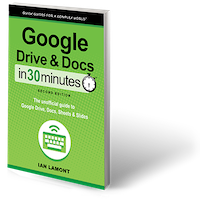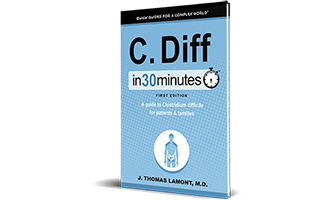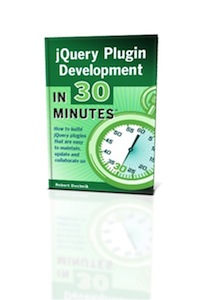At a certain point in the lives of most product-oriented ventures, founders confront a slew of growth-related issues. In this post, I am going to talk about growth in the context of startup publishing, and the challenges that my own publishing company i30 Media has faced over 18 months of growth.
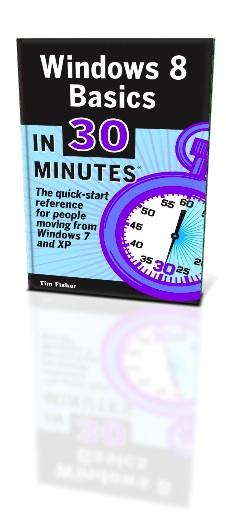 A bit of backstory: i30 Media publishes how-to guides under the In 30 Minutes® imprint, as well as several fiction titles. The most recent release is Windows 8 Basics In 30 Minutes. The venture started in mid–2012 as a Lean Media experiment with just a single title written by myself and distributed on Amazon’s KDP self-publishing platform. Since then I have incorporated the venture. I30 Media has released about ten In 30 Minutes guides in various ebook formats as well as in paperback, and distributes to every major ebook platform (Kindle, iBooks, Nook) as well as growing platforms (Google Play Books, Kobo).
A bit of backstory: i30 Media publishes how-to guides under the In 30 Minutes® imprint, as well as several fiction titles. The most recent release is Windows 8 Basics In 30 Minutes. The venture started in mid–2012 as a Lean Media experiment with just a single title written by myself and distributed on Amazon’s KDP self-publishing platform. Since then I have incorporated the venture. I30 Media has released about ten In 30 Minutes guides in various ebook formats as well as in paperback, and distributes to every major ebook platform (Kindle, iBooks, Nook) as well as growing platforms (Google Play Books, Kobo).
In the first six months of the venture, I was occupied with figuring out the publishing landscape, expanding distribution channels, cranking out early releases on my own. While I was new to book publishing, I am not new to the media industry, and applied domain knowledge from magazine/news publishing, online media, and the mobile app space.
Startup publishing: scaling production
One of the first growth lessons was being forced to give up the “one-man band” idea. That guy attracting a small crowd on the local town common with a drum pedal strapped to his foot, a tuba around his waist, a harmonica in his mouth, a xylophone in one hand and maracas in the other is technically able to mimic a real band. But he will be limited in what he can do with his instruments (e.g., the xylophone sounds better using two hands than one) and quality ultimately suffers. Actually, let’s not beat around the bush — one-man bands sound terrible. Can you imagine listening to their stomping, honking tunes on the radio, or downloading the music to play at home? People enjoy one-man bands for the spectacle, not for the music.
I was a one-man band in the first month. I did everything, from writing to setting up the websites to designing the cover image. And I wasn’t doing it for the spectacle. I did it because it was cheap and I could do everything. But I could see there was a quality gap with the competing titles available on Amazon and elsewhere. The covers looked amateurish, and I was worried about the quality of the copy. I began to look for things to outsource, and one of the first was cover design. I contacted Steve Sauer, a graphic designer I used to work with, who was happy to take on the freelance work for his consulting firm Single Fin Design. His first cover, for Dropbox In 30 Minutes, was a big success. I decided to have him do new covers for other In 30 Minutes guides going forward, starting with the Google Drive and Google Docs guide and our Excel Basics book.
I also found people to handle other tasks, including copy editing and market research. But the big growth impediment was writing. It was quickly apparent to me that I could not grow In 30 Minutes guides into a successful brand unless I found other authors. While the guides don’t take long to write (I tell prospective authors that the first draft of a 10,000–15,000 word guide typically takes 5 or 6 weeks, writing on nights and weekends) there is so much other stuff to do when it comes to growing a business — marketing, expanding sales and distribution, accounting, dealing with production issues, etc. As i30 Media grew, I knew that I would have less time to spend on writing. The only way to keep growing and strengthen the brand was to find other authors to write new titles, including topic areas in which I had no expertise.
The impact of my recruitment efforts is apparent when looking at the In 30 Minutes catalogue. Of the first 5 titles, four were written by me, including the Dropbox book and the Google Docs for Dummies substitute. Of titles #6 through #10, only one was written by me.
Startup publishing: scaling sales
Besides production, the other side of growth relates to sales. As mentioned earlier, I follow Lean Media principles when it comes to marketing and sales. That entails lots of experimentation with everything from advertising to sales calls to potential enterprise customers. But it’s not just about identifying opportunities, and then measuring the impact of pilot experiments. In order to expand growth, it’s also necessary to identify which opportunities not to pursue.
One area which I have stayed away from so far is bookstore distribution, based on early discussions with (mostly disinterested) bookstore managers, an evaluation of visibility and competition within B&N and Staples, and the industry standard requirement that demands 55% discounts and the right to return or destroy unsold copies. I haven’t completely written off the opportunity (in fact, I have made many titles available through the back-end ordering systems that bookstores use) but I don’t want to spend loads of time fighting to get In 30 Minutes guides in a channel that may ultimately be unprofitable.
I have also avoided ebook platforms that have too much overhead, are weak on terms, or look like they could undermine or cannibalize other sales channels. I stayed far away from Sony’s ebook platform, owing to the way it basically demanded that independent publishers beg to join. I have also been a skeptic of Scribd’s ebook subscription service.
What does the future hold for i30 Media? Certainly, more guides and more sales. In addition to the Windows 8 user guide, I have a new title about jQuery plugins in the works as well as a non-technology title (still in stealth mode). I am also planning growth of the company itself. Already I have begun thinking about hiring my first employee. The numbers aren’t aligned yet, but we could see action on this front in 2015.
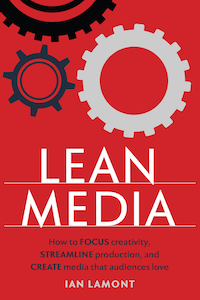 But it needed to be more than a series of blog posts. The result is Lean Media: How to focus creativity, streamline production, and create media that audiences love. The book comes out September 12, and I’m hoping that it can serve as a model for creators and media ventures which are interested in streamlining their operations and making media that truly resonates with audiences.
But it needed to be more than a series of blog posts. The result is Lean Media: How to focus creativity, streamline production, and create media that audiences love. The book comes out September 12, and I’m hoping that it can serve as a model for creators and media ventures which are interested in streamlining their operations and making media that truly resonates with audiences. The book itself was developed using Lean Media principles. In addition to feedback to blog posts here and elsewhere, I had a test pod of readers who read the entire manuscript and offered generalized and specific feedback. I also sought feedback on the cover design from people on Facebook and the Kboards discussion forum — this input steered me away from what I personally thought was best, to concepts that had a broader appeal to people who create media.
The book itself was developed using Lean Media principles. In addition to feedback to blog posts here and elsewhere, I had a test pod of readers who read the entire manuscript and offered generalized and specific feedback. I also sought feedback on the cover design from people on Facebook and the Kboards discussion forum — this input steered me away from what I personally thought was best, to concepts that had a broader appeal to people who create media.

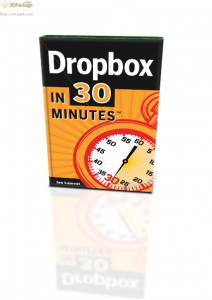 The existing design, while eye-catching and effective, was beginning to look a little dated.
The existing design, while eye-catching and effective, was beginning to look a little dated.

